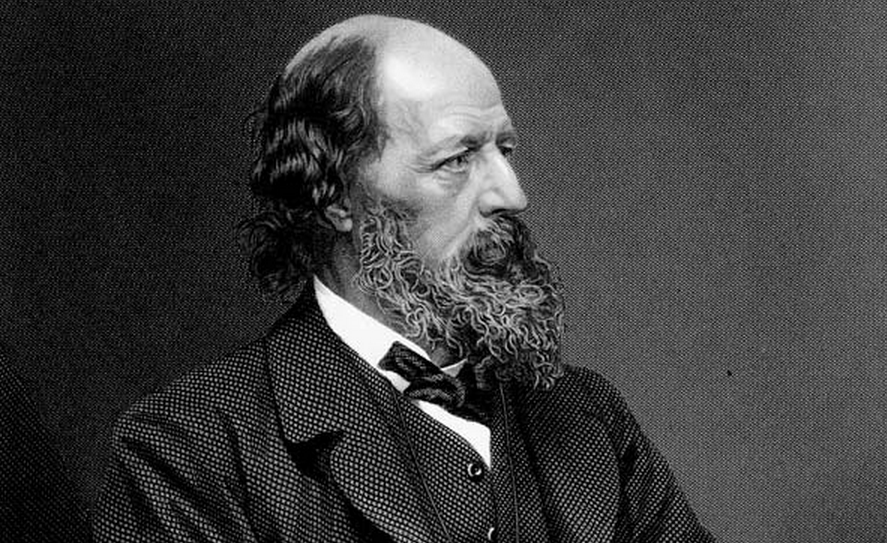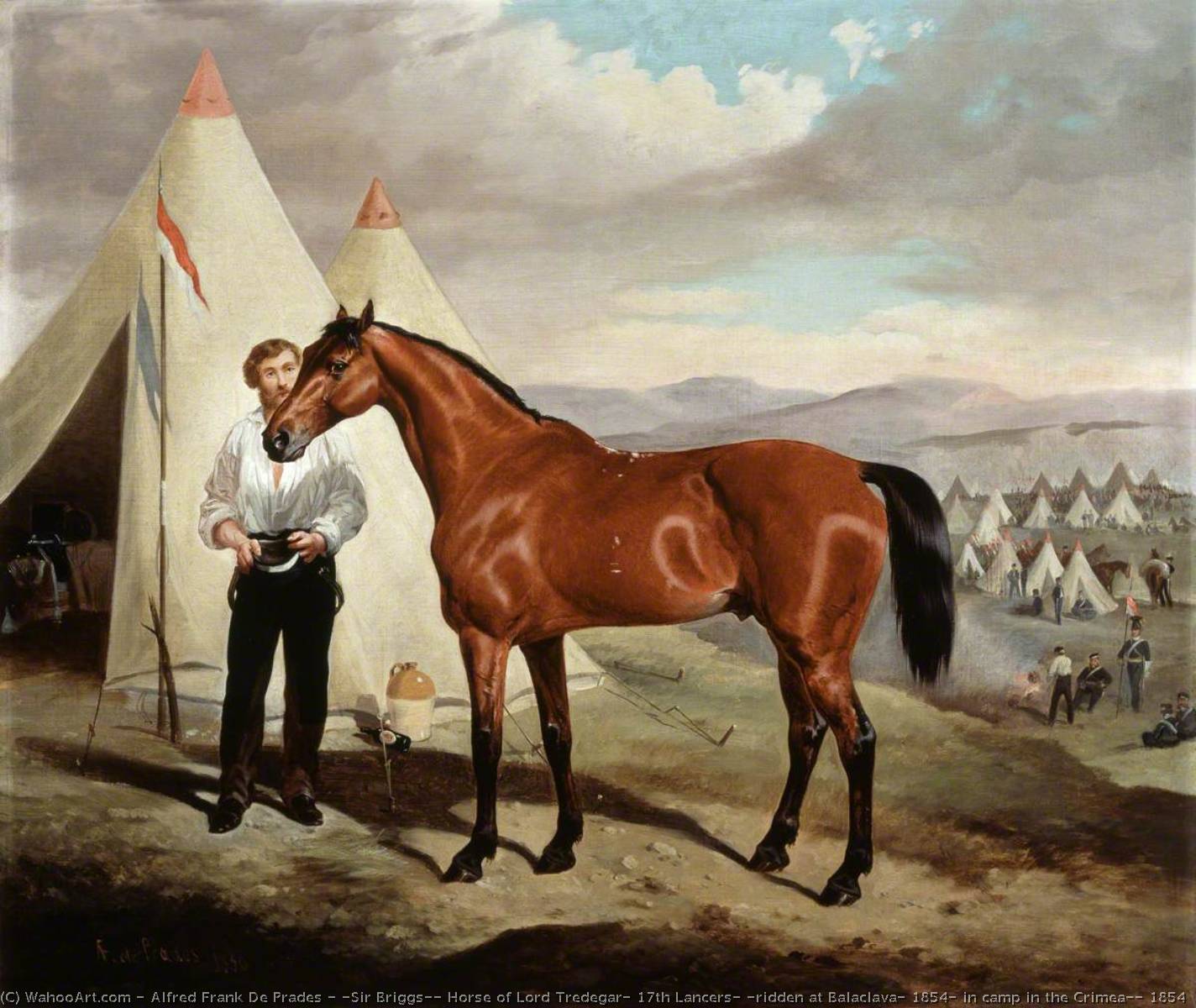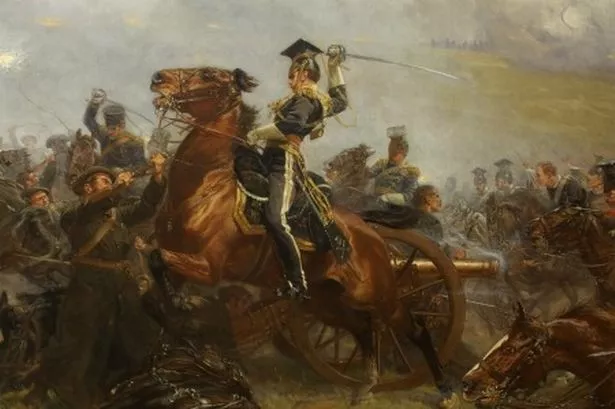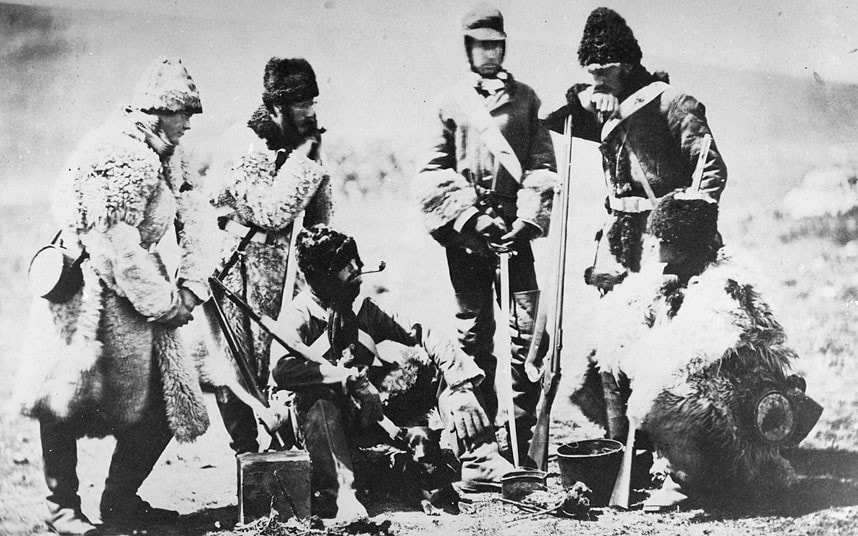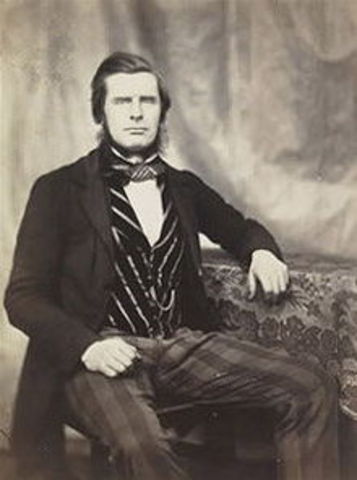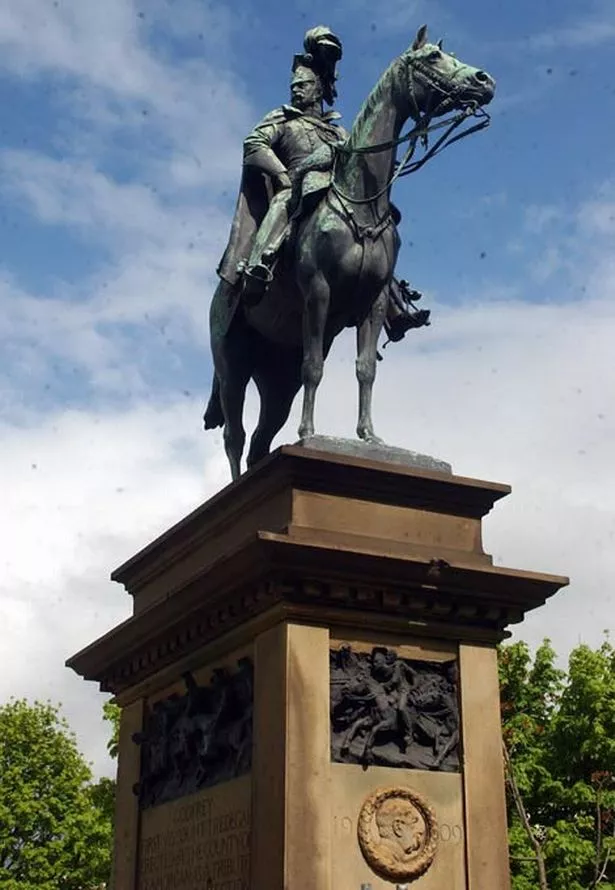- TNP Nation
- Ethnon
- Discord
- Marcus Antonius #8887
I have always had an interest in art from an early age. It has always appealed to my creative side and I have had some limited success in this field, selling commissioned paintings and drawings.
Having been medically retired I found myself with a lot of spare time on my hands. So my wife and I rejoined The National Trust, which is a conservation organisation in England, Wales and Northern Ireland, and the largest membership organisation in the United Kingdom.
The trust describes itself as "a charity that works to preserve and protect historic places and spaces—for ever, for everyone". The trust was founded in 1895 and given statutory powers, starting with the National Trust Act 1907. Historically, the trust tended to focus on English country houses, which still make up the largest part of its holdings, but it also protects historic landscapes such as in the Lake District, historic urban properties, and nature reserves. In Scotland, there is an independent National Trust for Scotland. The Trust has special powers to prevent land being sold off or mortgaged, although this can be over-ridden by Parliament.
Anyway that's enough about them, let's get back to the art.
Whilst visiting one of the local National Trust attractions recently a place called Tredegar House and Gardens, which is only less than a half hours drive from where I live, I was captivated by a painting
The painting that inspired me to start this thread is ‘Balaclava: The Charge of the Light Brigade’, referencing a scene at the Battle of Balaclava, October 25, 1854, with Godfrey Charles Morgan, 1st Viscount Tredegar, riding his horse, 'Sir Briggs'. "Artist John Charlton.

A little about the painter - Finally, in 1905 John Charlton painted ‘Balaclava: The Charge of the Light Brigade’ with the 17th Lancers once more in the lead as they close on the Russian guns. I suspect this work is often referred to as 'Into the Valley of Death'. John Charlton lost two sons on the Western Front in WW1 which was said to attributed to his failure to recover from illness and he died on 10 November 1917 aged 68.
 The original painting hanging above the fireplace in the library of Tredegar House as it can be viewed today.
The original painting hanging above the fireplace in the library of Tredegar House as it can be viewed today.
Of all British military engagements during the 19th century, the Charge of the Light Brigade at the Battle of Balaklava remains the most notorious. One of the most spectacular of military disasters, surrounded by controversy as to its cause, the tragic charge of the British light cavalry regiments along the 'valley of death' under murderous fire from the Russian guns was genuinely heroic. The legend of the 'gallant 600' remains deeply rooted in the public mind today.
Due to a misinterpretation of orders, the British Light Cavalry Brigade commanded by the Earl of Cardigan charged Russian artillery stationed at the end of a long valley, while exposed to Russian fire on both sides. On reaching the Russian guns, they rode through them to charge Russian cavalry beyond. After some fighting, the remnants of the force returned along the 'Valley of Death' (as described in Tennyson's poem), under continued fire. The number of horses killed was far higher than the 113 human lives lost in the charge. Of the 643 animals paraded that morning, over 370 were killed in action and another 85 returned, wounded.
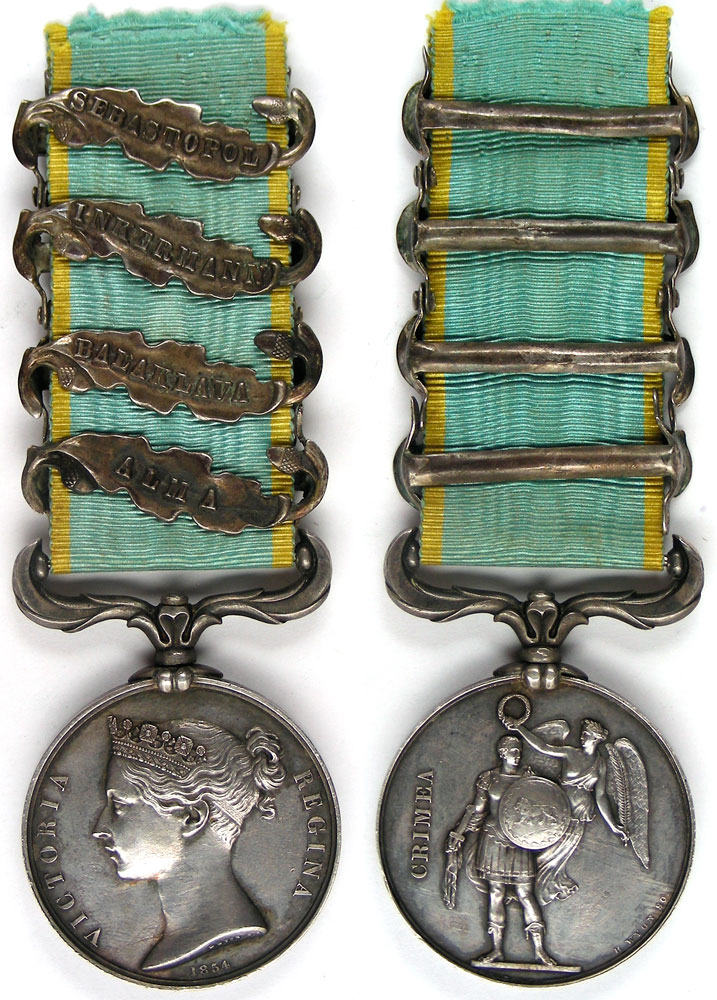 The Crimea Medal was a campaign medal approved on 15 December 1854, for issue to officers and men of British units (land and naval) which fought in the Crimean War of 1854–56 against Russia.
The Crimea Medal was a campaign medal approved on 15 December 1854, for issue to officers and men of British units (land and naval) which fought in the Crimean War of 1854–56 against Russia.
Having been medically retired I found myself with a lot of spare time on my hands. So my wife and I rejoined The National Trust, which is a conservation organisation in England, Wales and Northern Ireland, and the largest membership organisation in the United Kingdom.
The trust describes itself as "a charity that works to preserve and protect historic places and spaces—for ever, for everyone". The trust was founded in 1895 and given statutory powers, starting with the National Trust Act 1907. Historically, the trust tended to focus on English country houses, which still make up the largest part of its holdings, but it also protects historic landscapes such as in the Lake District, historic urban properties, and nature reserves. In Scotland, there is an independent National Trust for Scotland. The Trust has special powers to prevent land being sold off or mortgaged, although this can be over-ridden by Parliament.
Anyway that's enough about them, let's get back to the art.
Whilst visiting one of the local National Trust attractions recently a place called Tredegar House and Gardens, which is only less than a half hours drive from where I live, I was captivated by a painting
The painting that inspired me to start this thread is ‘Balaclava: The Charge of the Light Brigade’, referencing a scene at the Battle of Balaclava, October 25, 1854, with Godfrey Charles Morgan, 1st Viscount Tredegar, riding his horse, 'Sir Briggs'. "Artist John Charlton.

A little about the painter - Finally, in 1905 John Charlton painted ‘Balaclava: The Charge of the Light Brigade’ with the 17th Lancers once more in the lead as they close on the Russian guns. I suspect this work is often referred to as 'Into the Valley of Death'. John Charlton lost two sons on the Western Front in WW1 which was said to attributed to his failure to recover from illness and he died on 10 November 1917 aged 68.

Of all British military engagements during the 19th century, the Charge of the Light Brigade at the Battle of Balaklava remains the most notorious. One of the most spectacular of military disasters, surrounded by controversy as to its cause, the tragic charge of the British light cavalry regiments along the 'valley of death' under murderous fire from the Russian guns was genuinely heroic. The legend of the 'gallant 600' remains deeply rooted in the public mind today.
Due to a misinterpretation of orders, the British Light Cavalry Brigade commanded by the Earl of Cardigan charged Russian artillery stationed at the end of a long valley, while exposed to Russian fire on both sides. On reaching the Russian guns, they rode through them to charge Russian cavalry beyond. After some fighting, the remnants of the force returned along the 'Valley of Death' (as described in Tennyson's poem), under continued fire. The number of horses killed was far higher than the 113 human lives lost in the charge. Of the 643 animals paraded that morning, over 370 were killed in action and another 85 returned, wounded.





